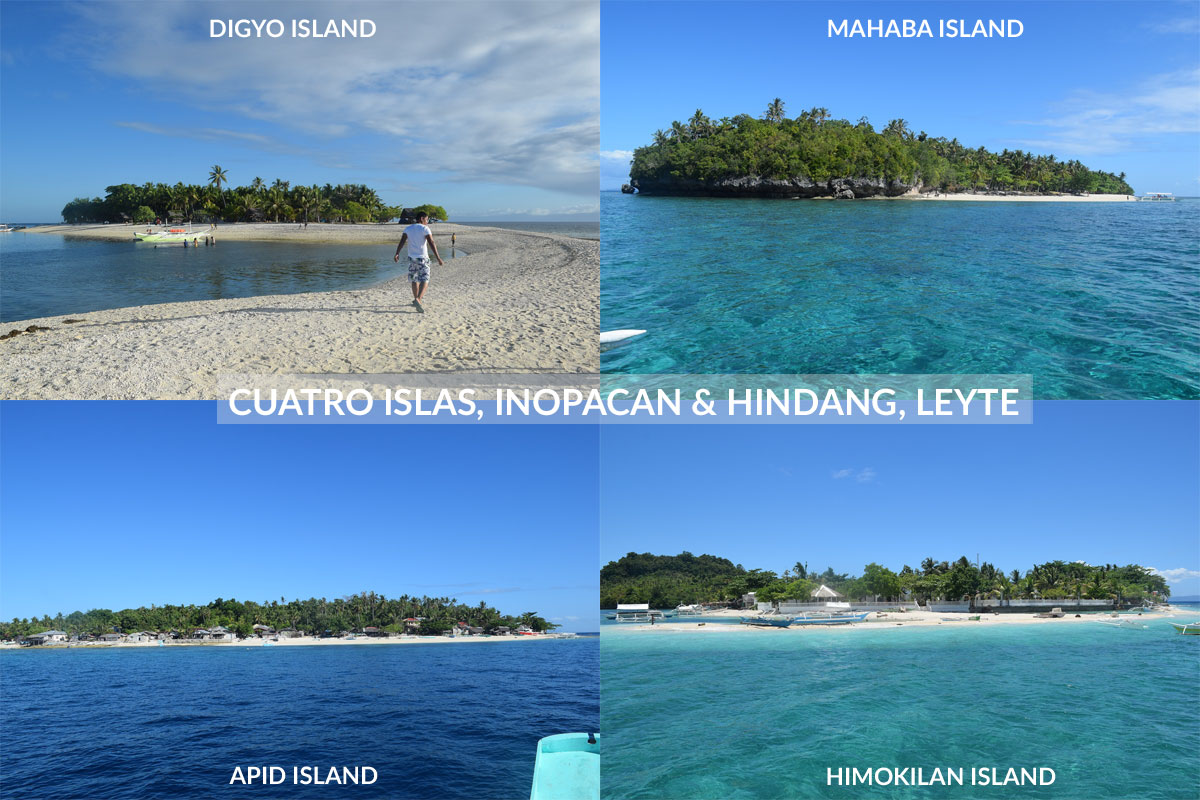
The islands of Digyo, Himokilan, Apid and Mahaba, collectively known as Cuatro Islas.
The Province of Leyte is home to many islets with white sand beaches and crystal clear waters. Among the popular are Kalanggaman Island in Polompon and Canigao Island in Matalom. But if you want to get all the best out of Leyte, head to Cuatro Islas, a 12,500-hectare of protected landscape and seascape situated in the municipalities of Inopacan and Hindang. Cuatro Islas is a group of four small islands, namely, Digyo, Himokilan, Apid and Mahaba.
We went to Cuatro Islas on April 2 and 3, 2016 to beat the heat of summer. The following are some raw photos (edited only for the watermark) and useful information that will help you get familiarized with this tourist destination and learn how to get there. [Read more…]
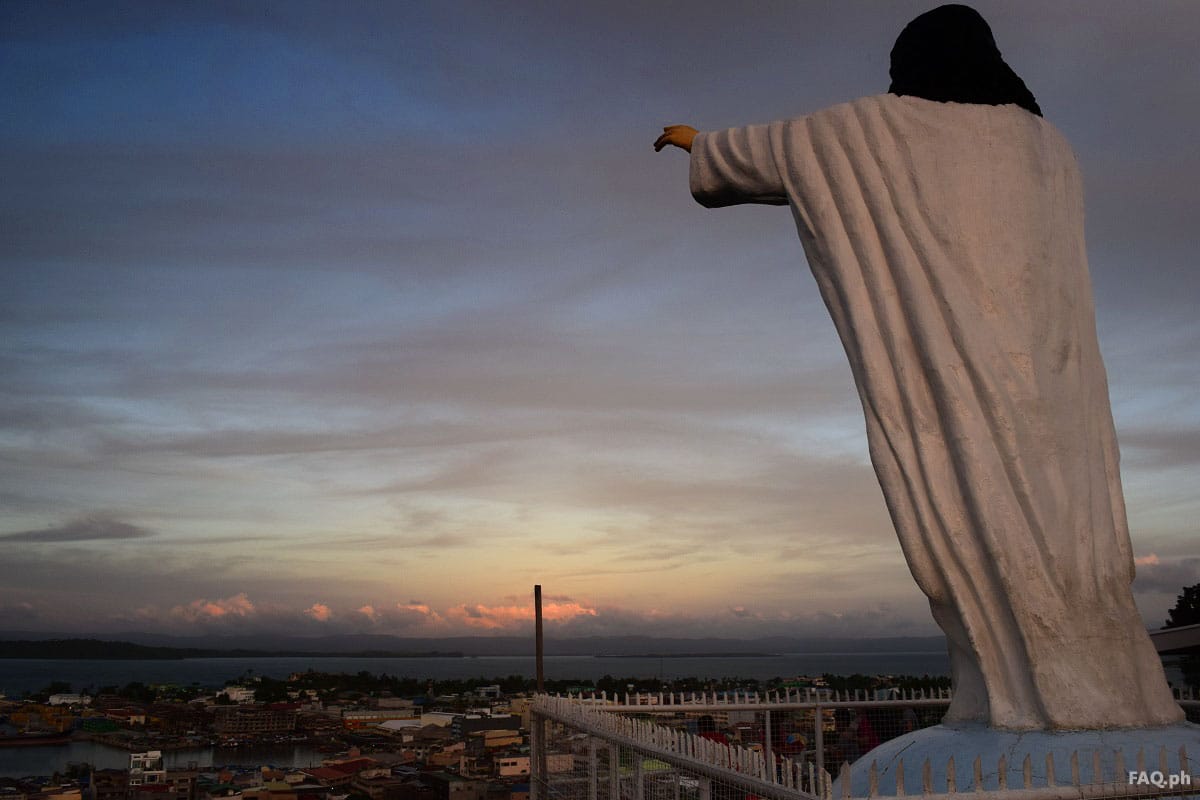
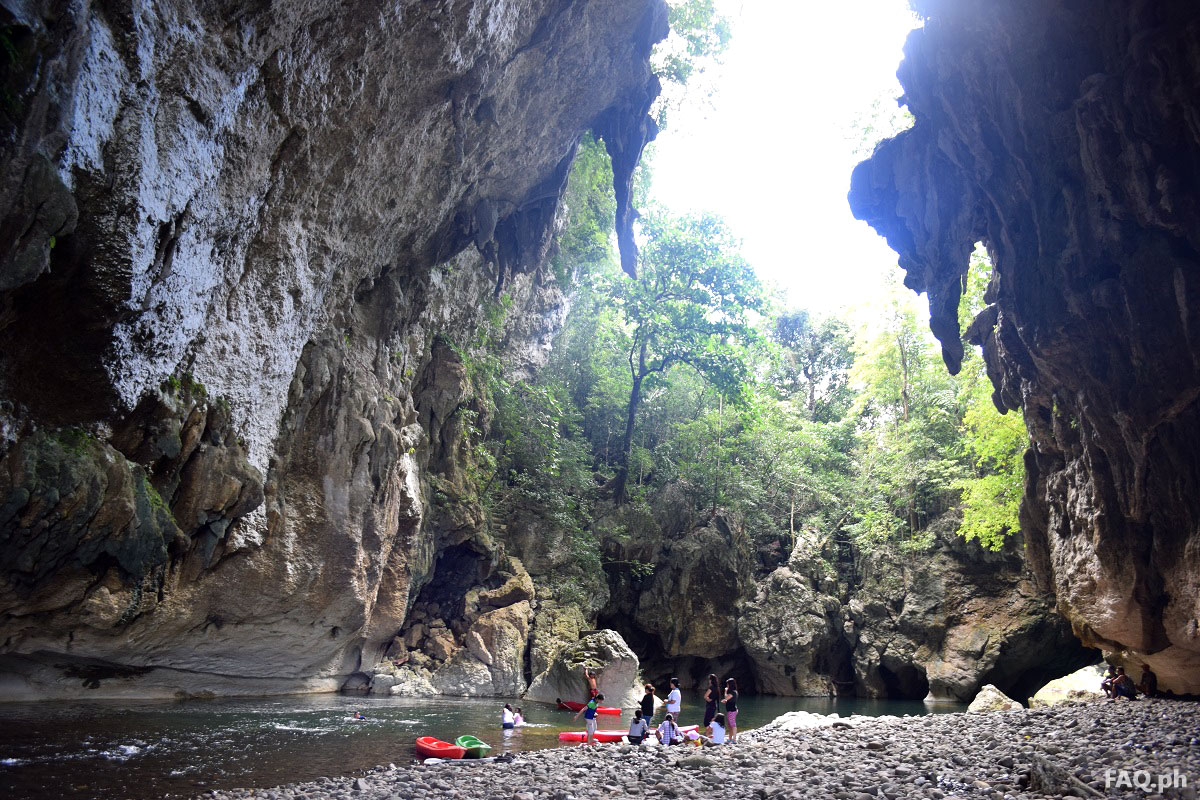
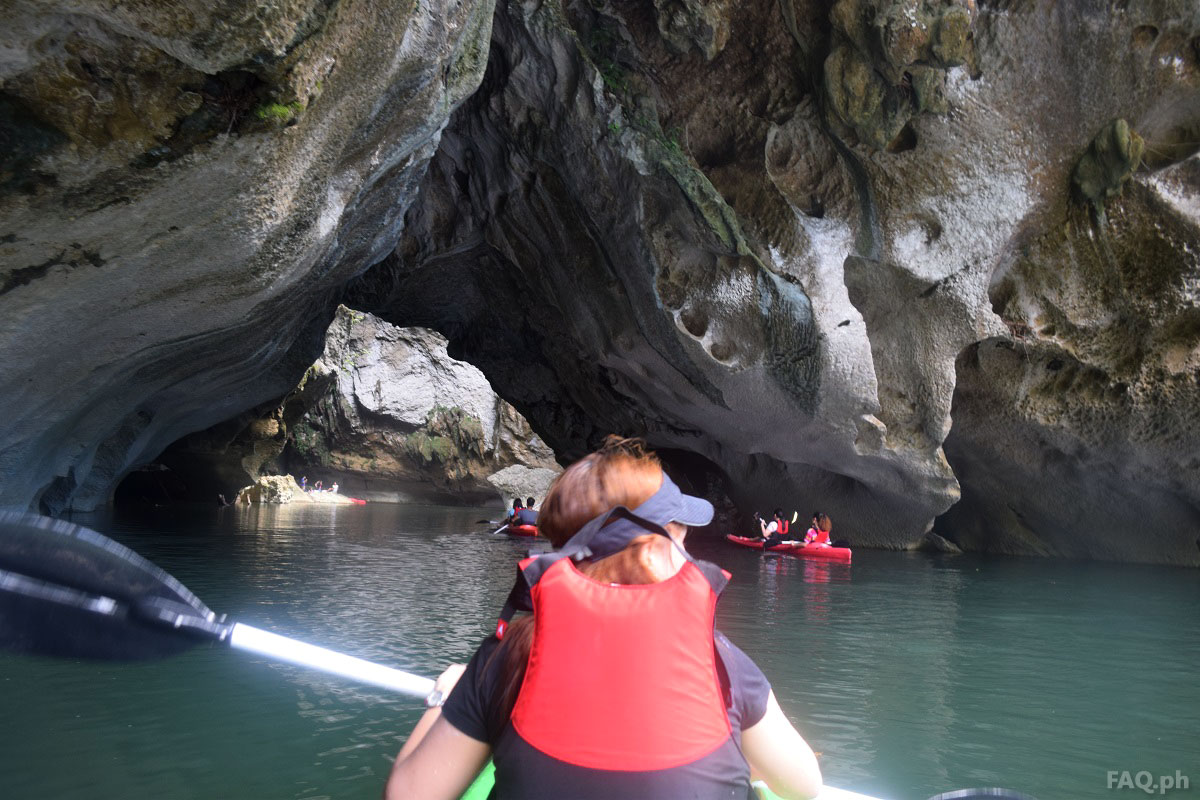
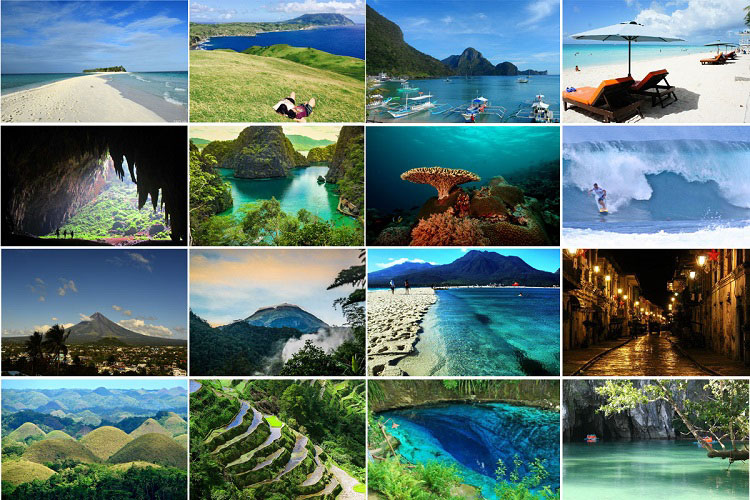
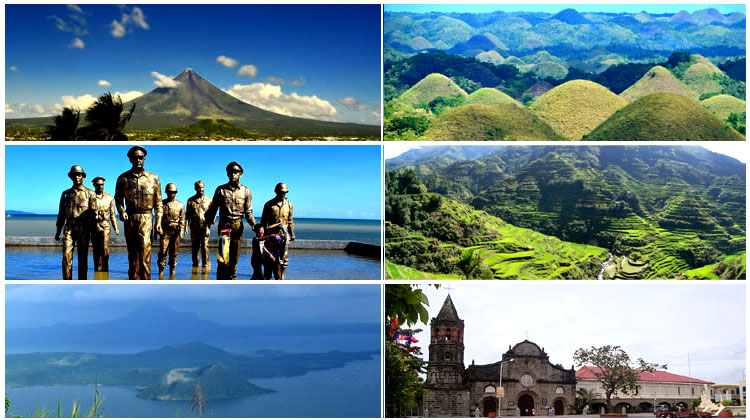
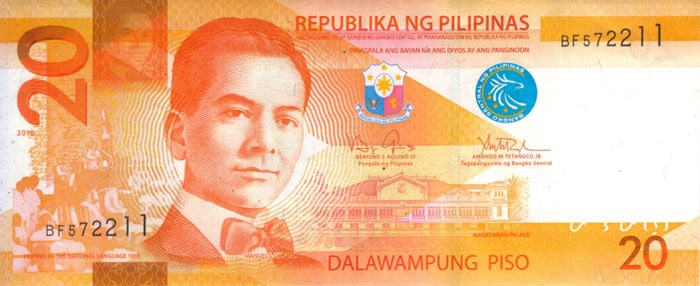
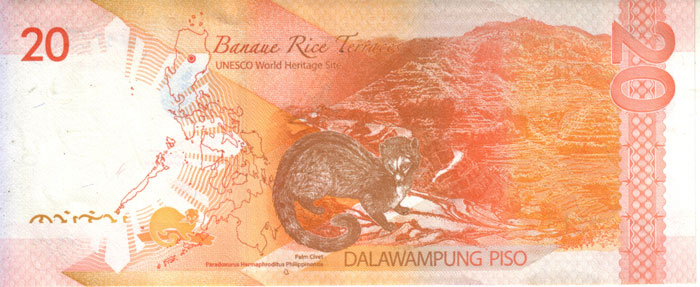
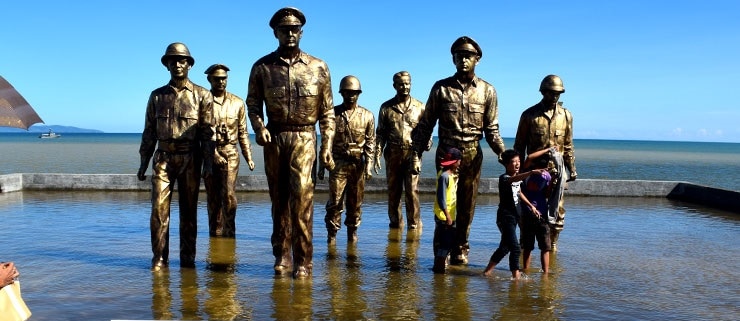
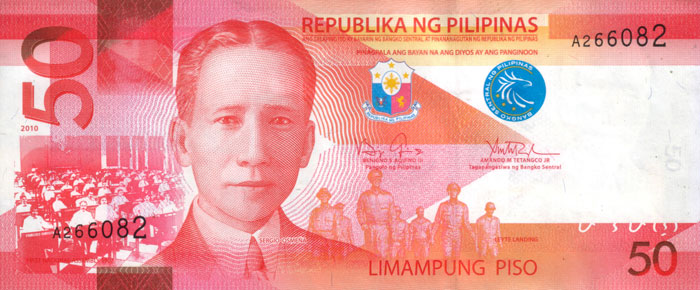
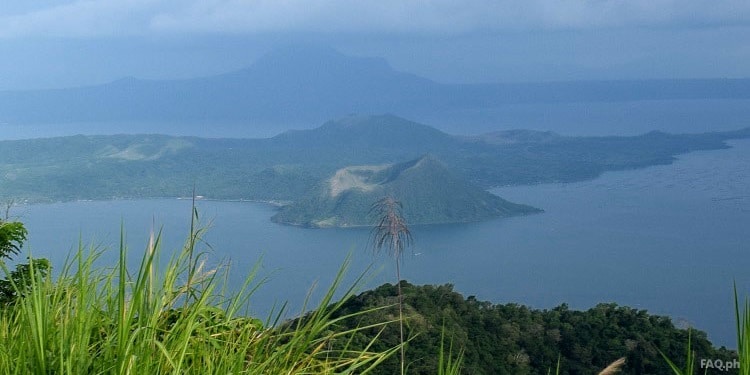
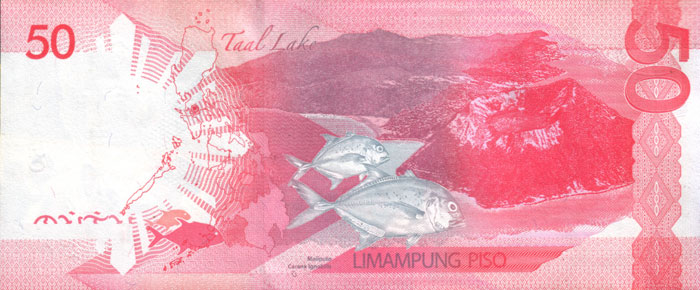
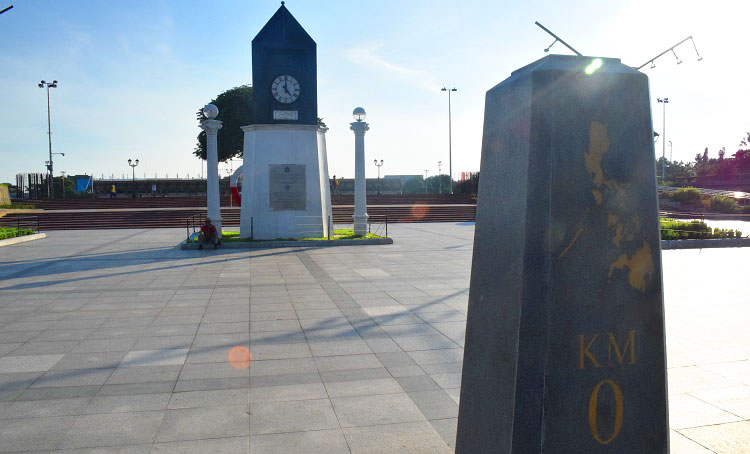
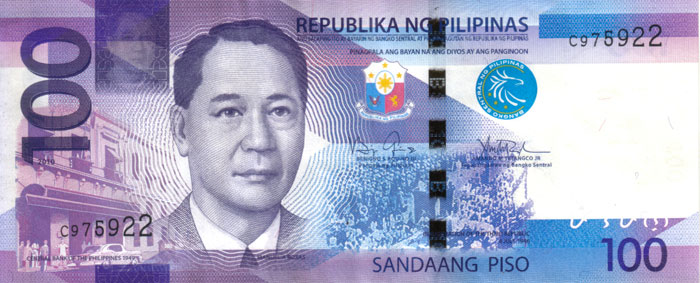
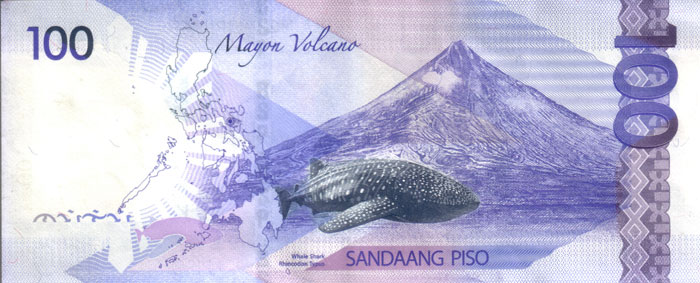
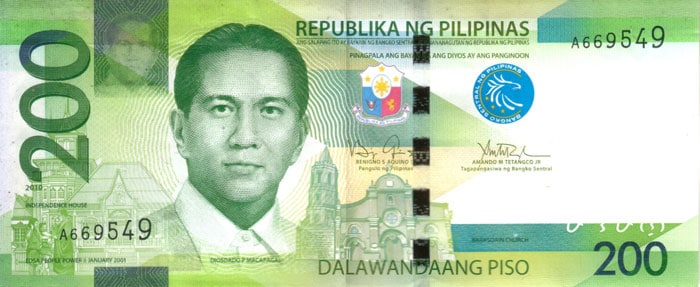

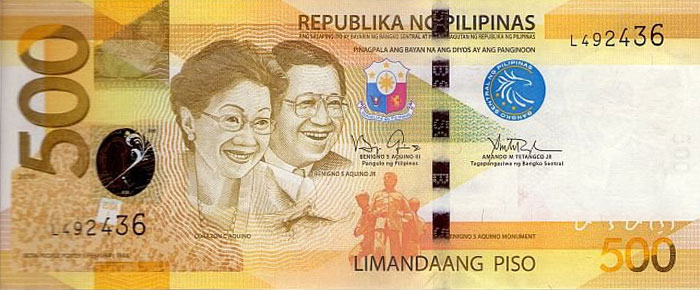
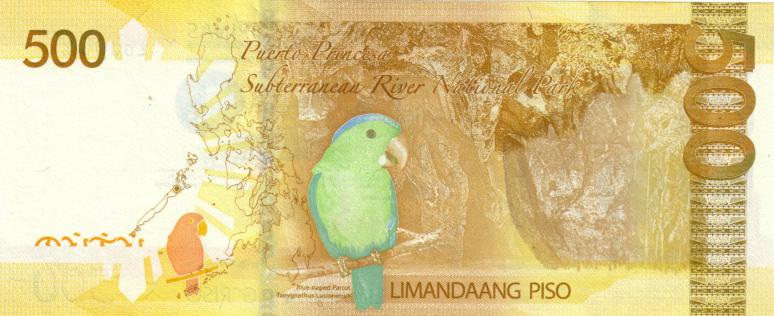
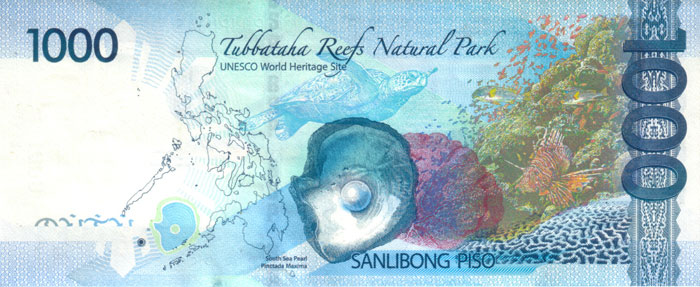
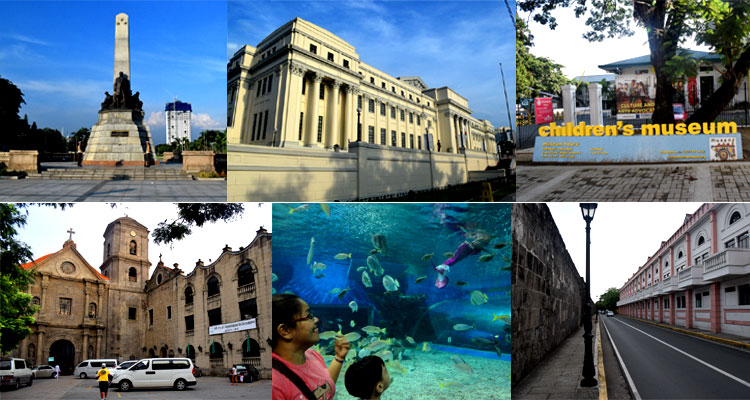
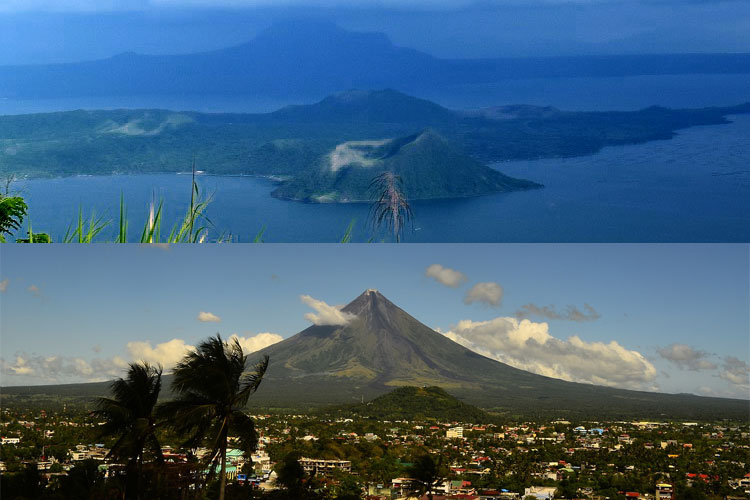
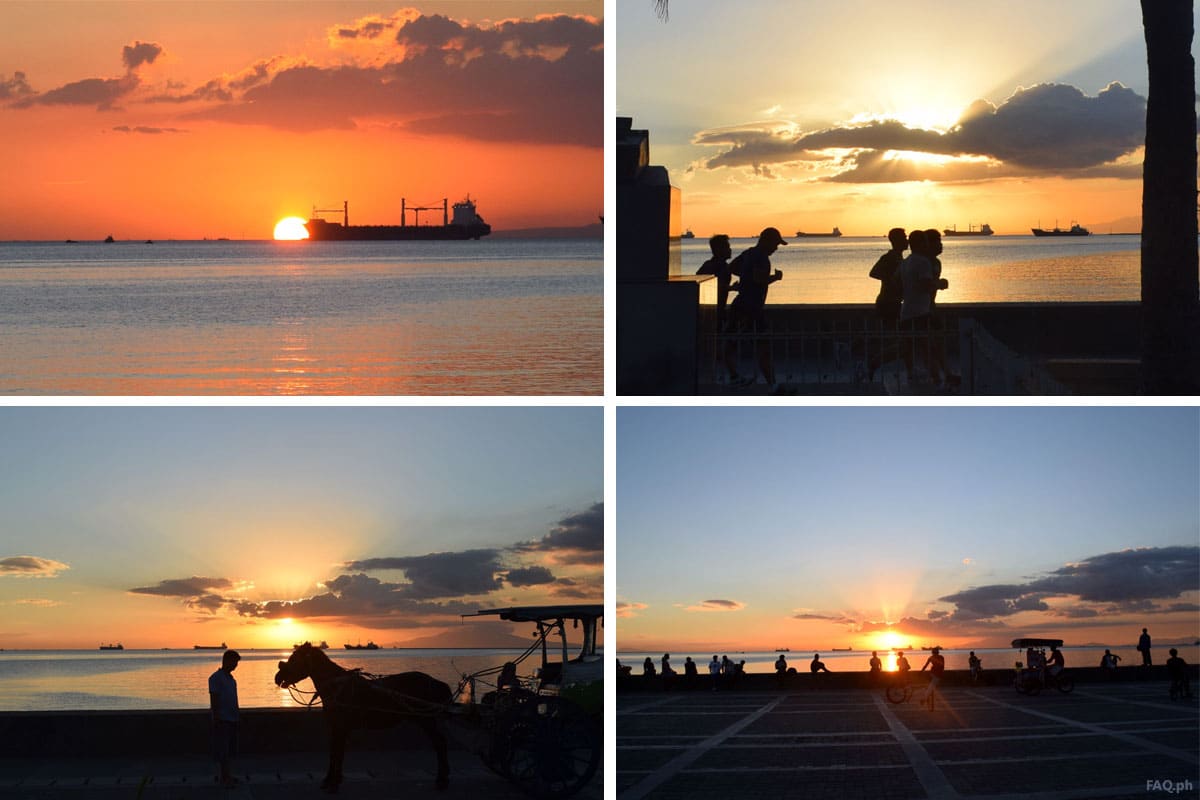
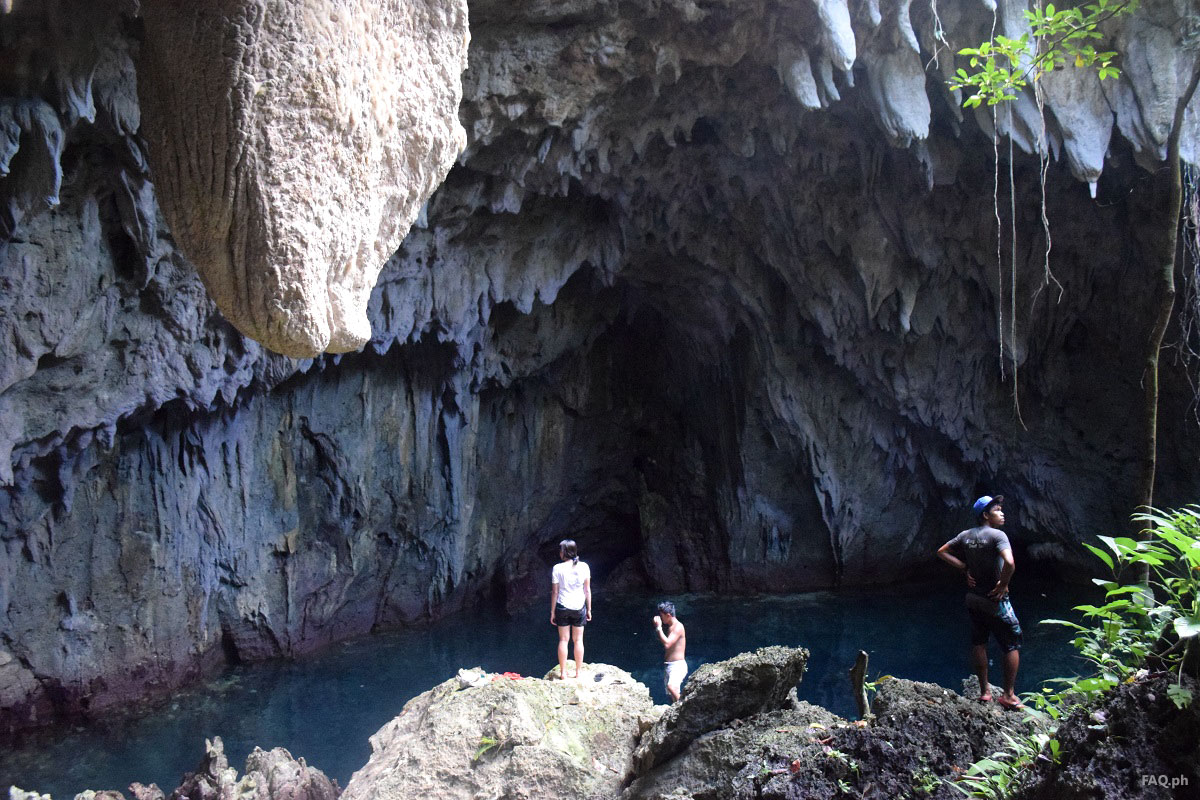
Latest comments